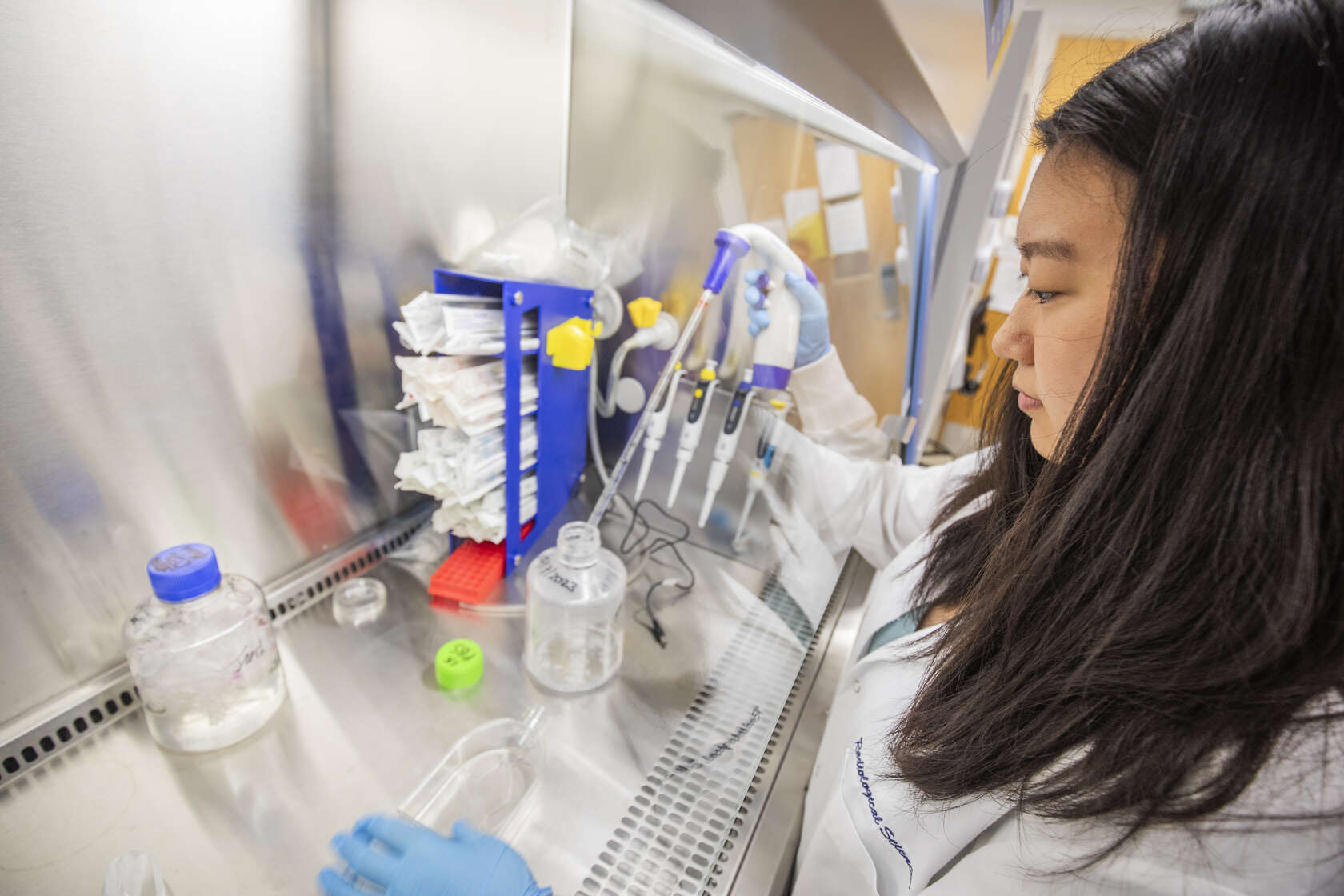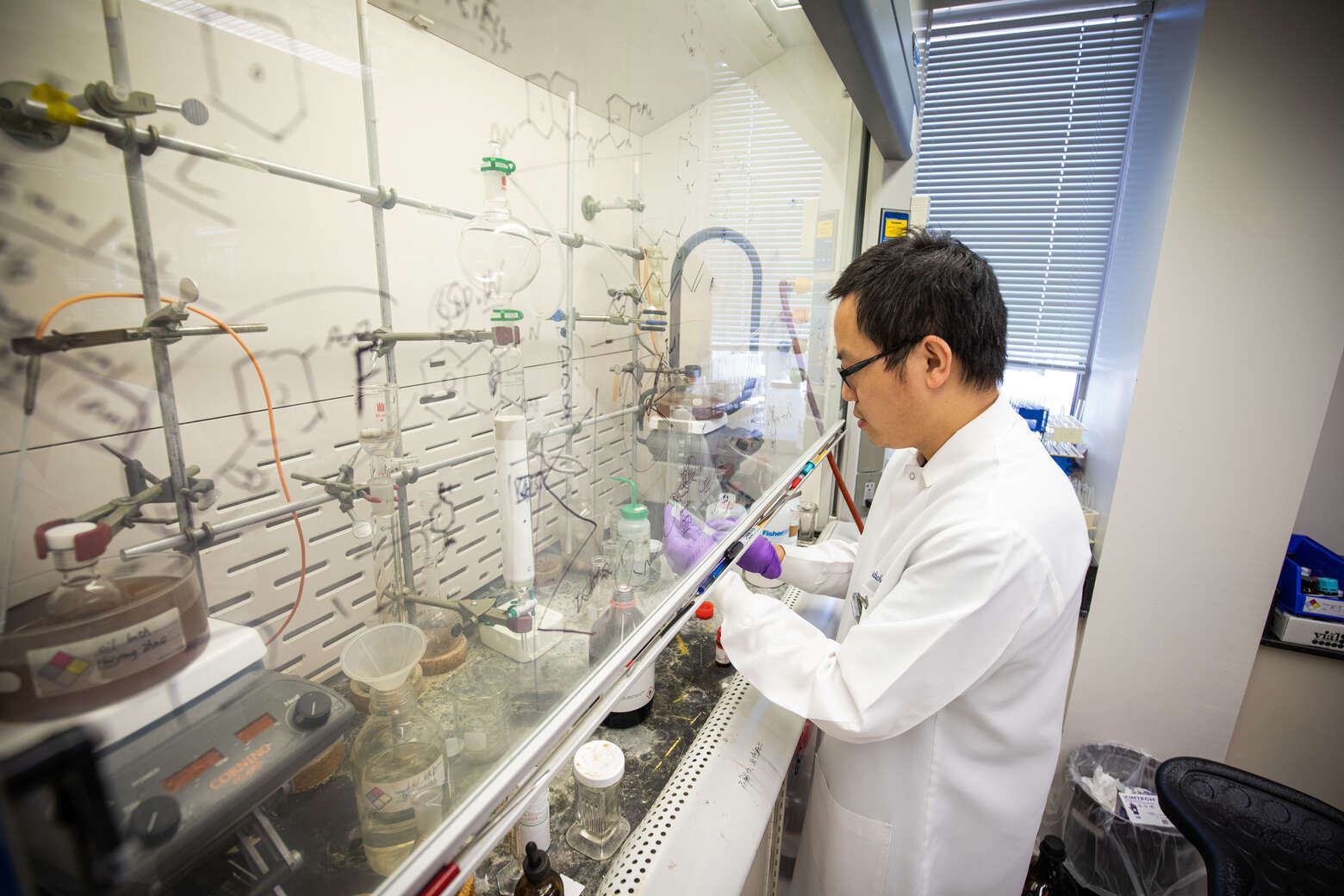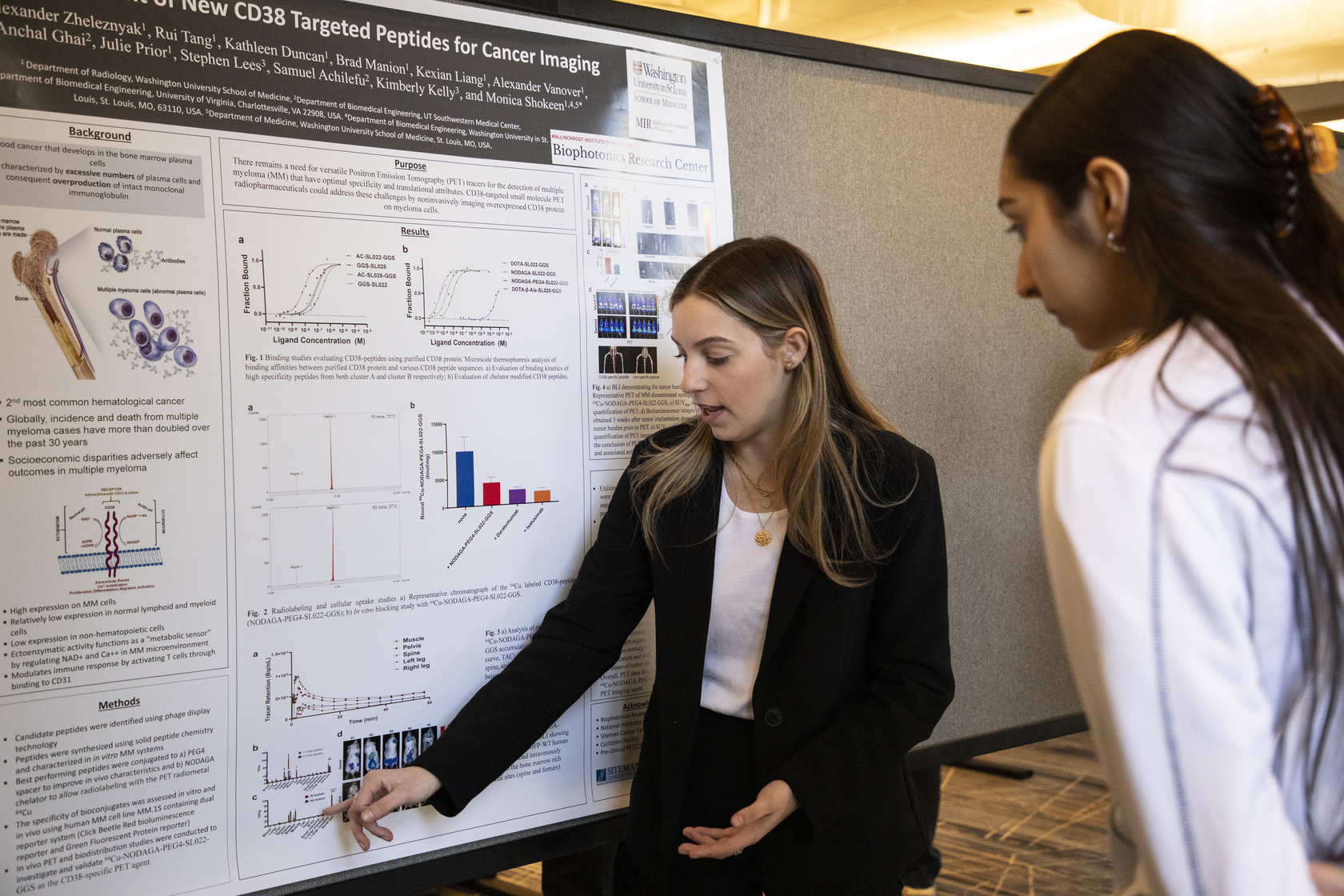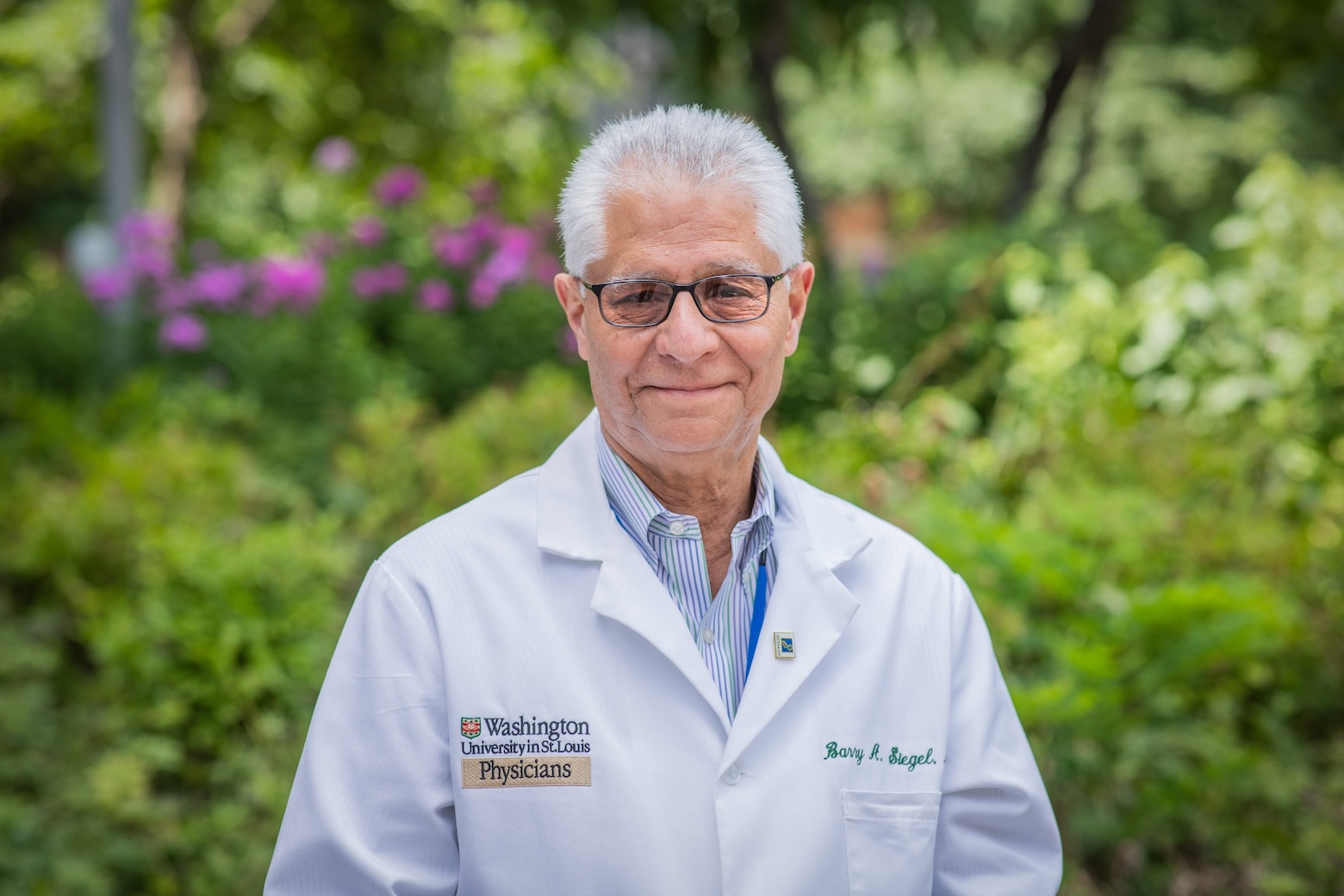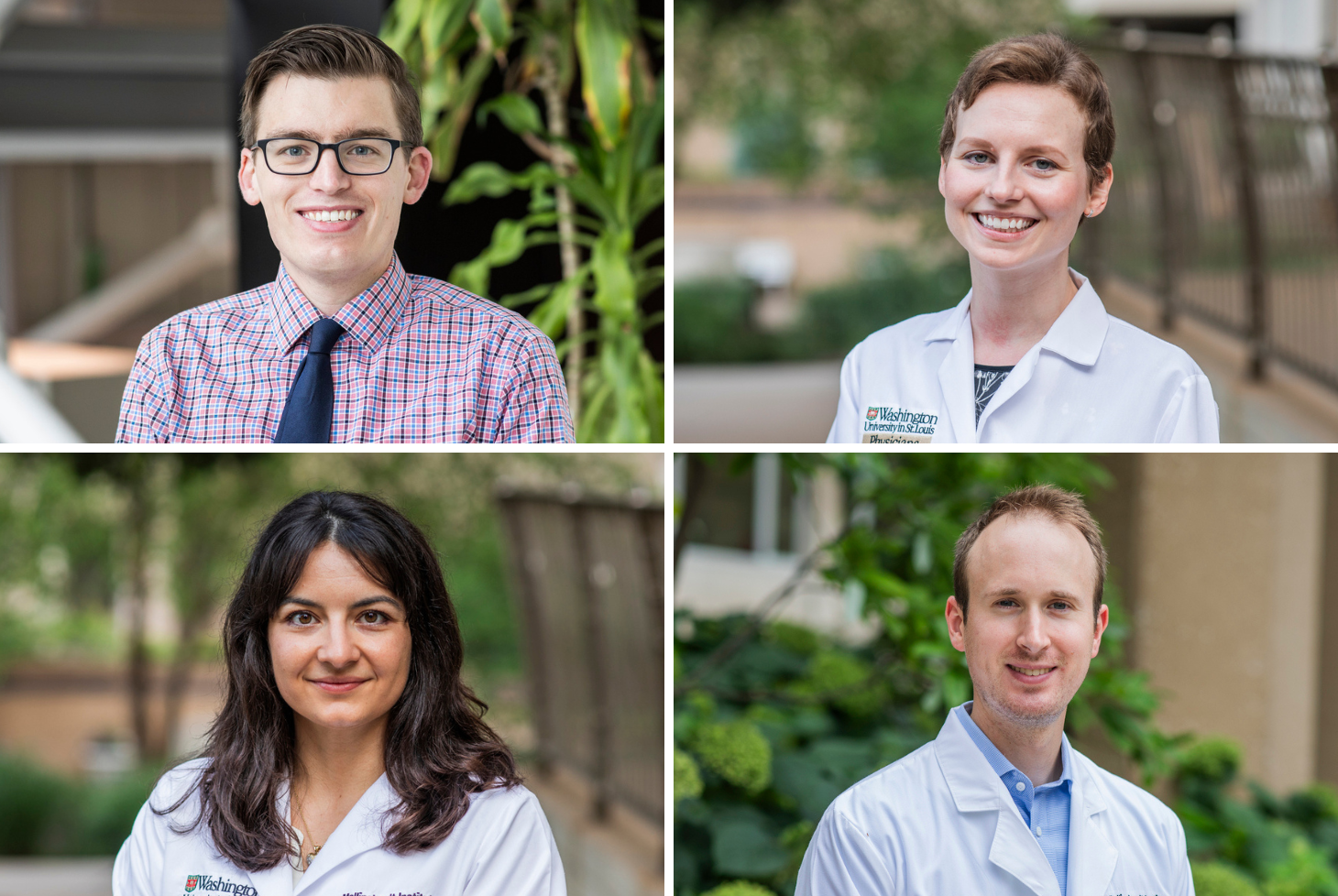Q&A: Jennings on Leading the American Society of Spine Radiology
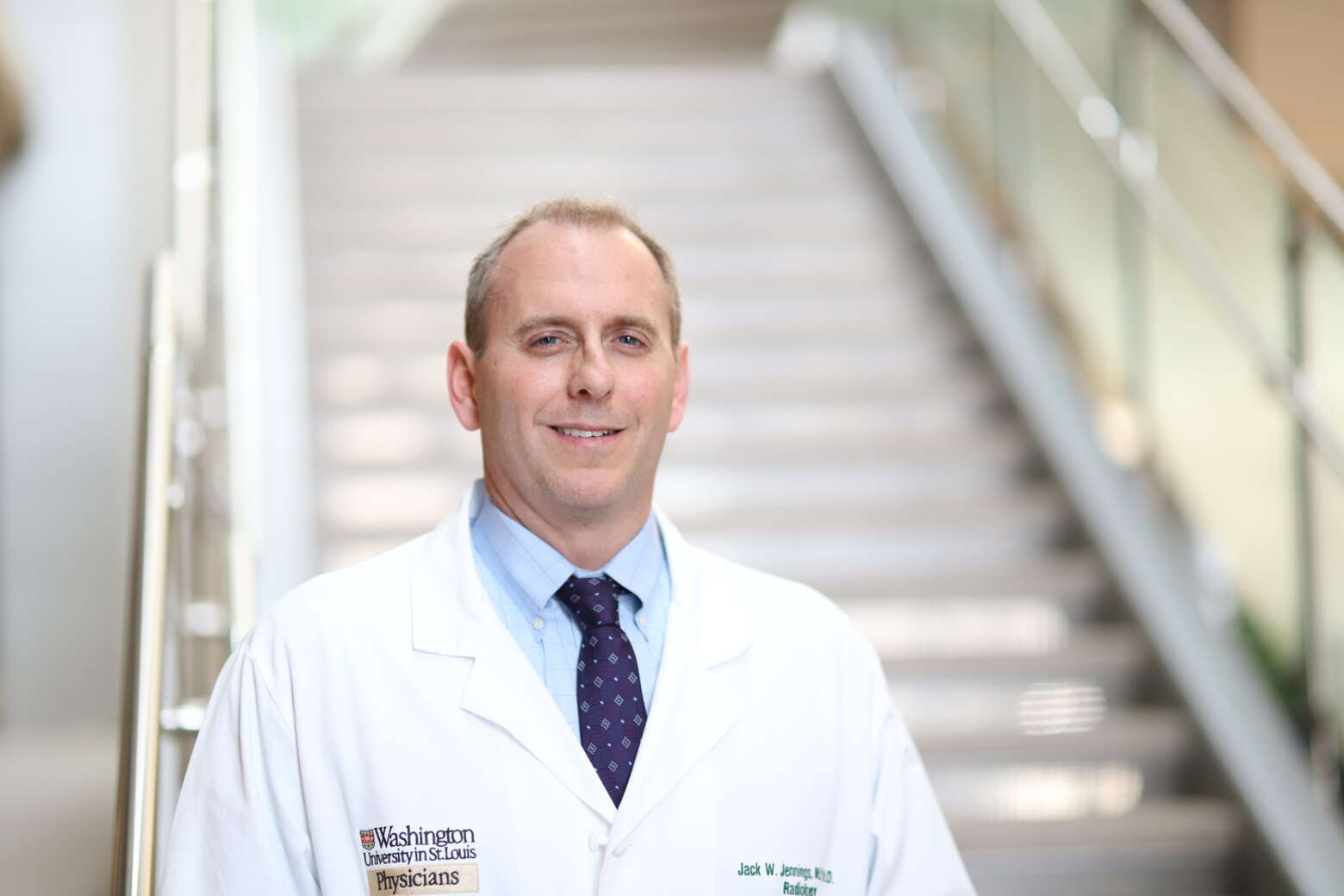
Jack W. Jennings, MD, PhD, professor of radiology, was elected president of the American Society of Spine Radiology (ASSR). Jennings is chief of musculoskeletal radiology as well as the director of musculoskeletal and spine interventions and procedures for Mallinckrodt Institute of Radiology at Washington University School of Medicine in St. Louis. ASSR’s mission is to advance the field of spinal disease diagnosis and therapy and has over 600 active members from around the world. Jennings assumed his duties at the society’s 25th annual symposium held last month in Austin and will serve a one-year appointment.
What goals do you have as ASSR president?
I have many goals for this year, but a major priority is to continue growing the society’s membership numbers, including more residents, fellows and young attendings who are both neuroradiologists and musculoskeletal radiologists. There are very few musculoskeletal radiologists who are members of this society, and I would love to see this number increase at this year’s meeting. Continuing and expanding on the hands-on workshops we offer is a tactic we plan to use to accomplish this.
Why did you join ASSR? What motivated you to seek a leadership position?
I joined ASSR at the recommendation of Louis Gilula, MD, my mentor and MIR’s previous musculoskeletal section chief. Lou passed 8 years ago, but he was truly an inspiration for me and got me involved with this society early on in my career. He was so loved by this society that just prior to his passing, they named the Louis A. Gilula Mentor Award for the top abstract at the annual meeting.
This society is a close-knit group of wonderful physicians. I was fostered as a young attending by many of these individuals and these relationships really inspired me to have leadership roles in the society.
How has working at MIR influenced your professional and leadership values?
MIR is a treasure box of great leaders in their specialties and in professional societies across the globe. The encouragement and mentoring I’ve had from my MIR colleagues who were once my attendings are invaluable. I also appreciate Dr. Wahl’s efforts to help me hone my leadership skills with dedicated leadership coaching. I am truly blessed to have been trained by and work with this group.
Why are professional networking and continuing education opportunities important for the radiology community?
Friendship, networking and involvement in societies is a dimension of our job that makes it more than just the daily grind of reading images or doing procedures; it gives balance and enriches one’s career. It really makes this job fun, and I could not imagine being in academia without having this.
What excites you about the future of musculoskeletal and spine radiology?
One of the biggest areas of growth in interventional radiology is musculoskeletal interventional oncology, which includes injections, vertebral augmentation, cementoplasty and ablation to treat painful bone and soft tissue metastases in cancer patients. This has also led to ablation being part of the treatment algorithm for local therapy in patients like radiation therapy. Interventional oncology is the fourth pillar of oncology treatment (the others being medical, radiation and surgical oncology), and it’s exciting to see this field grow over the last decade. Radiology is truly making a difference in the diagnosis and treatment of cancer patients.

